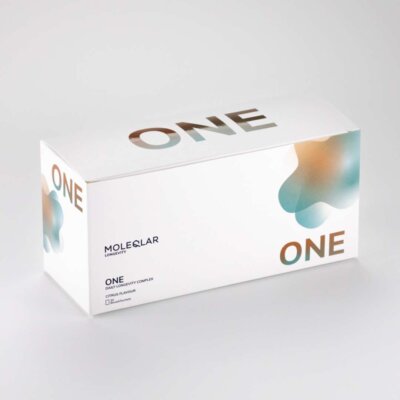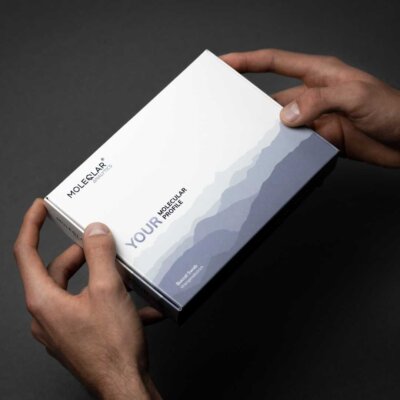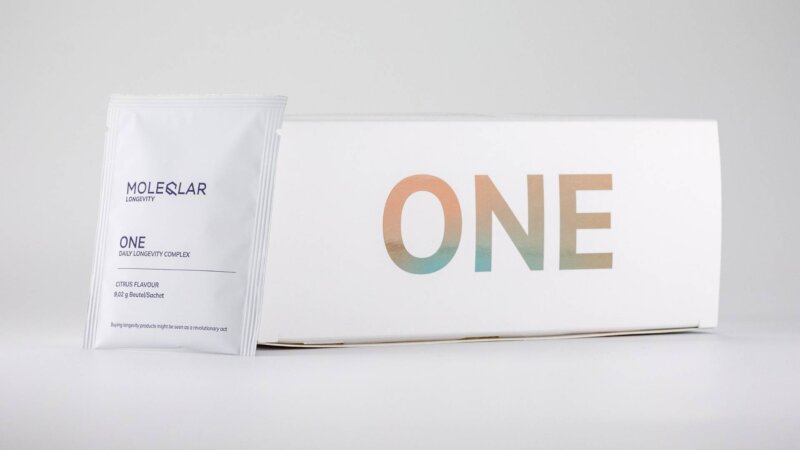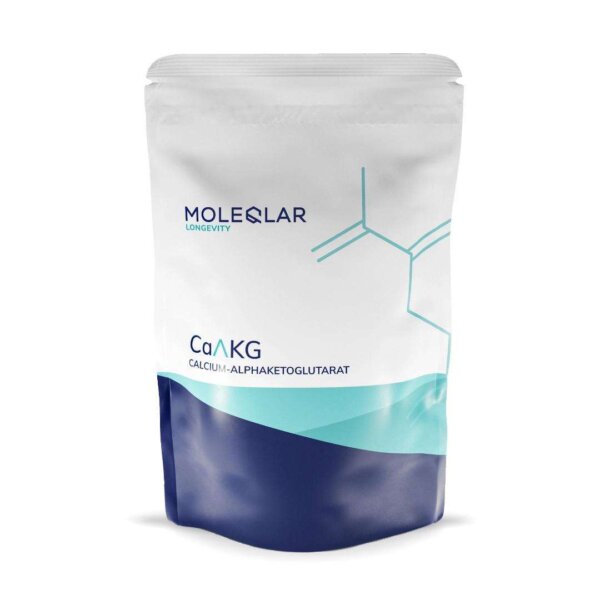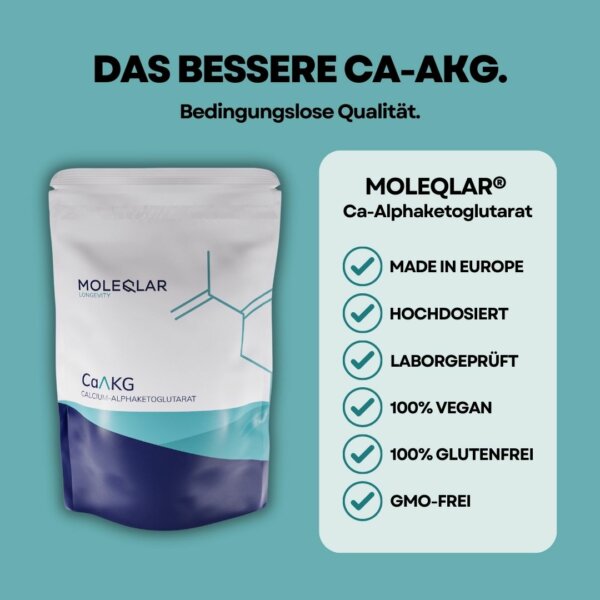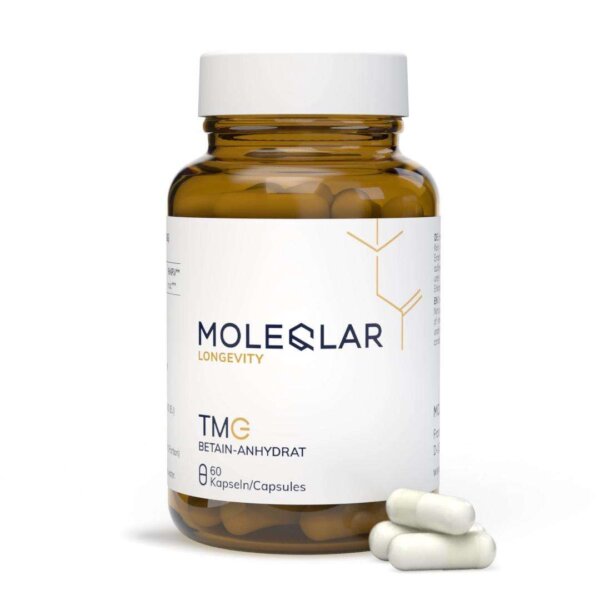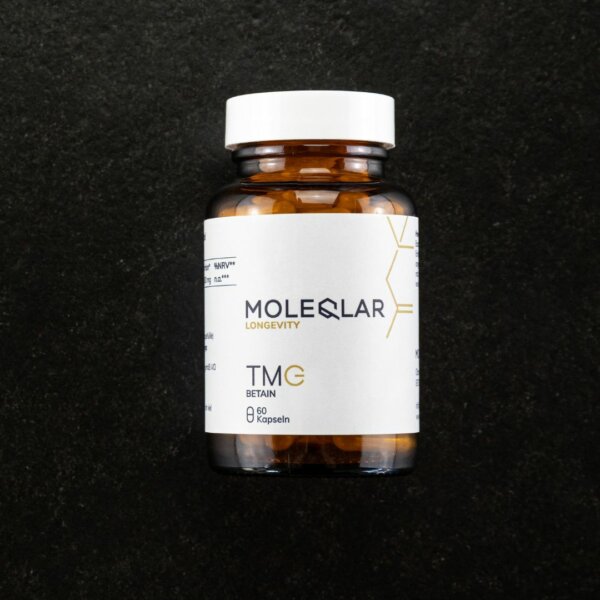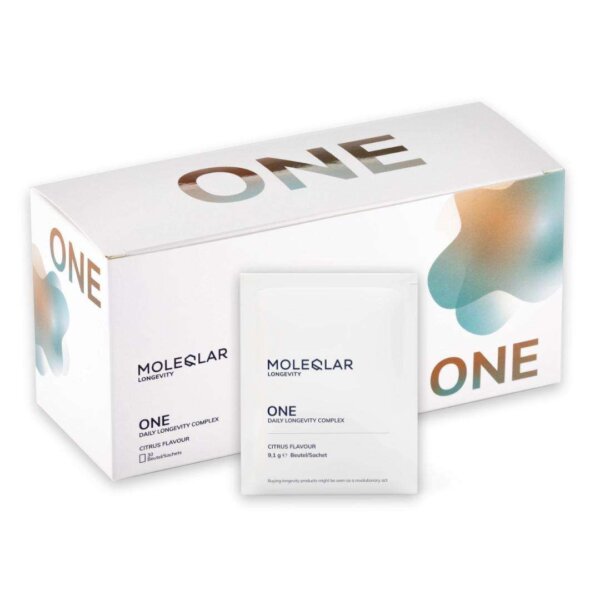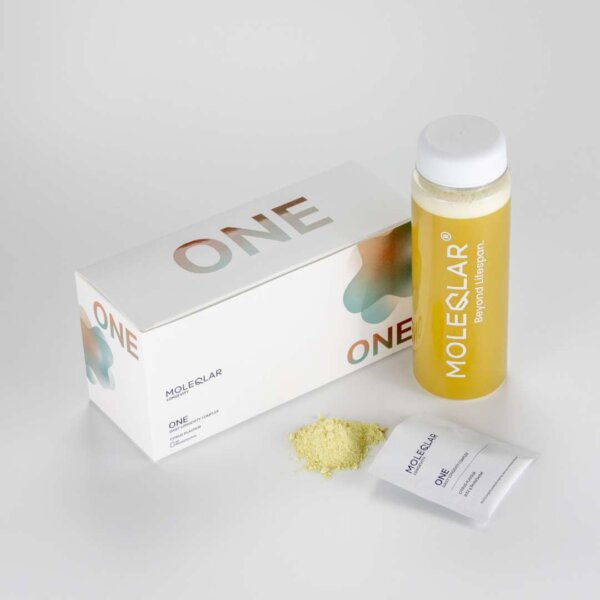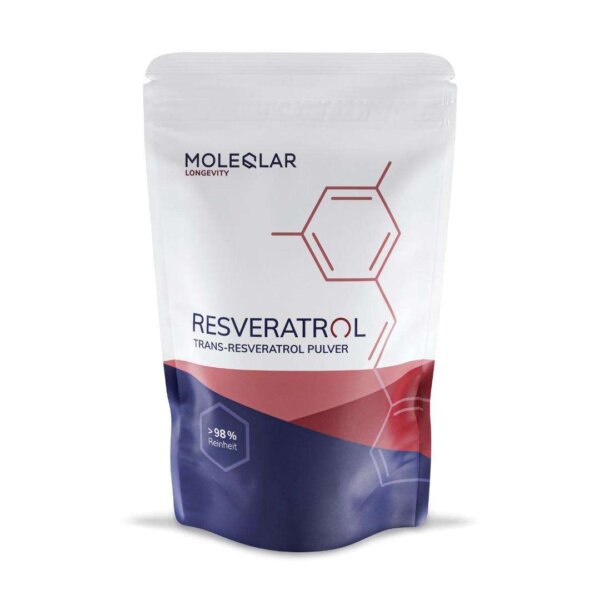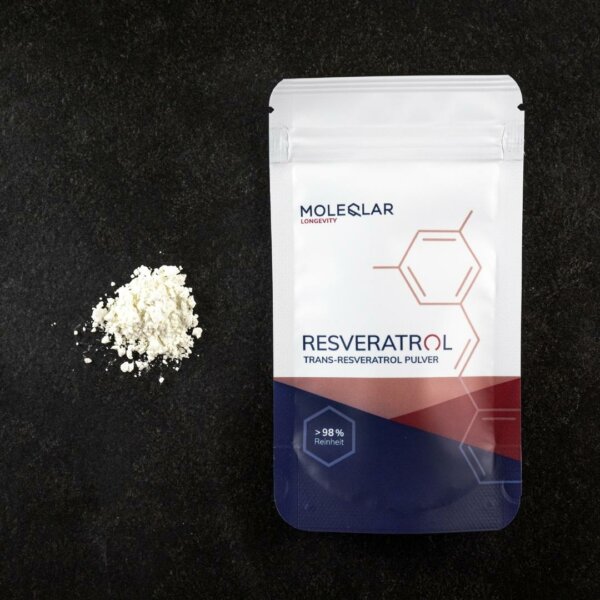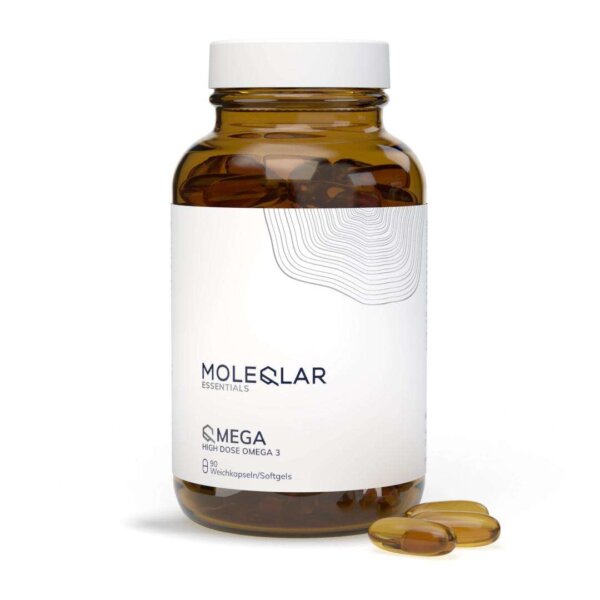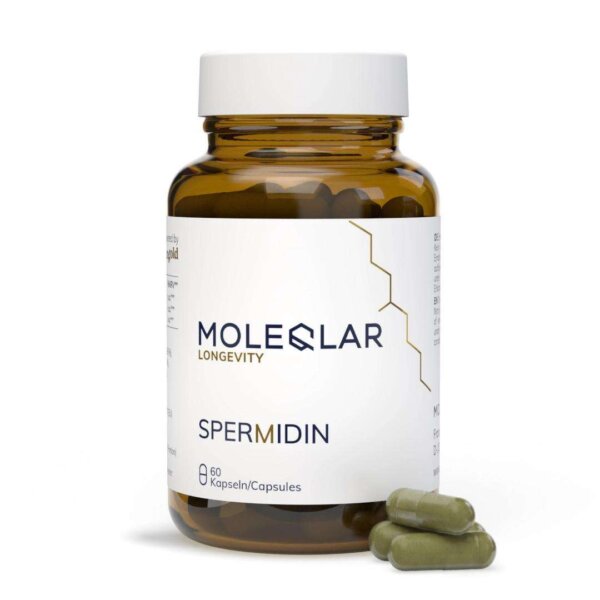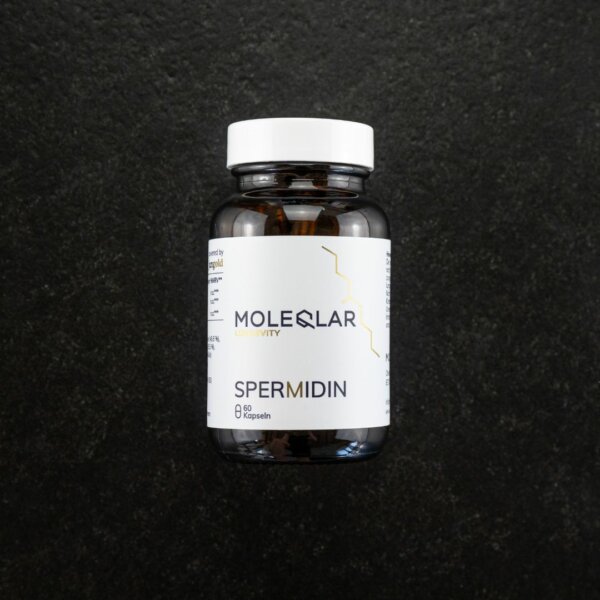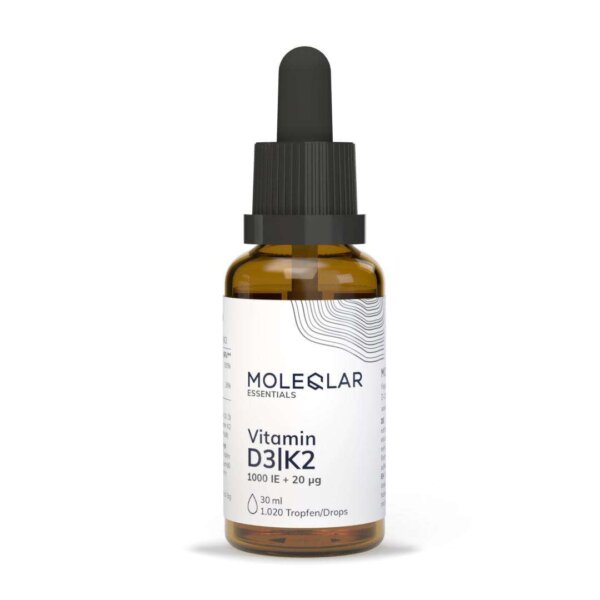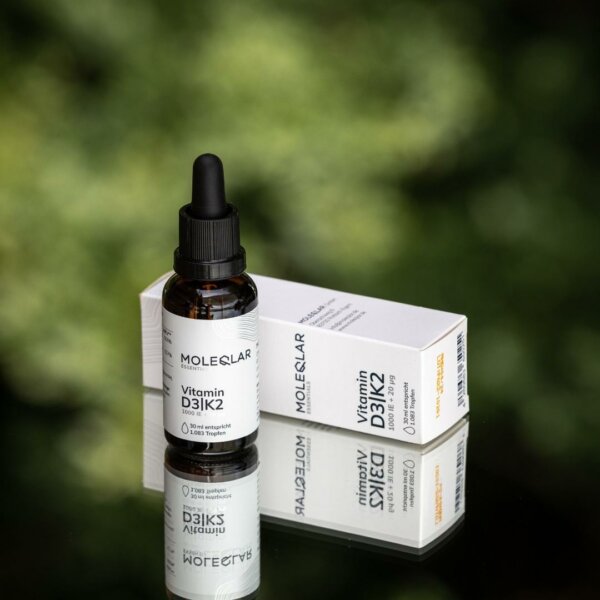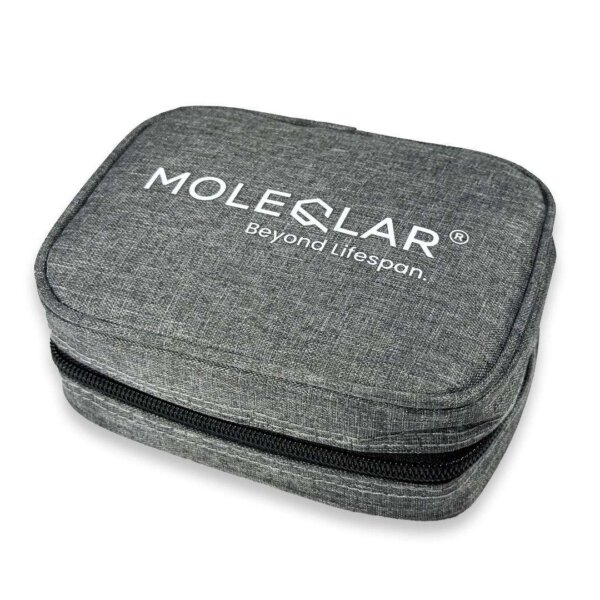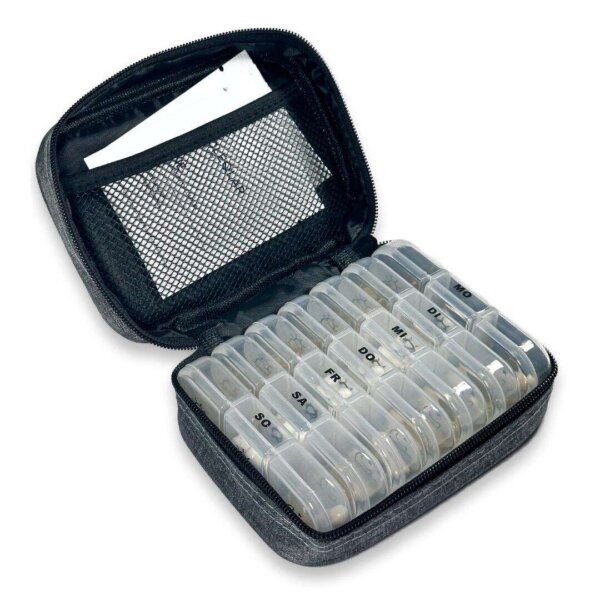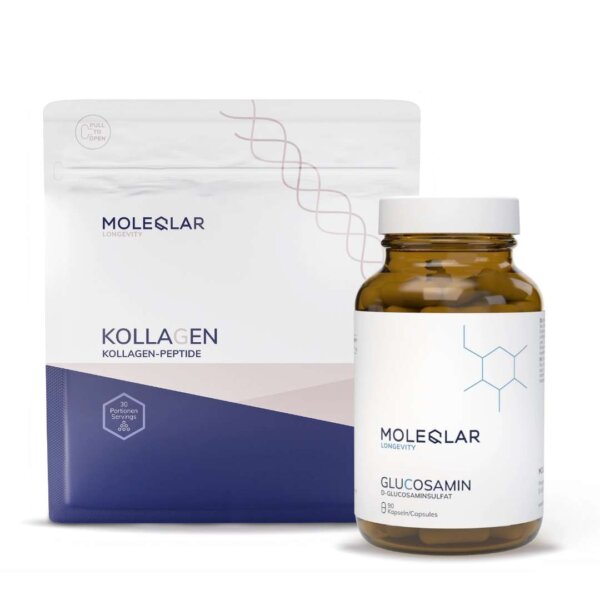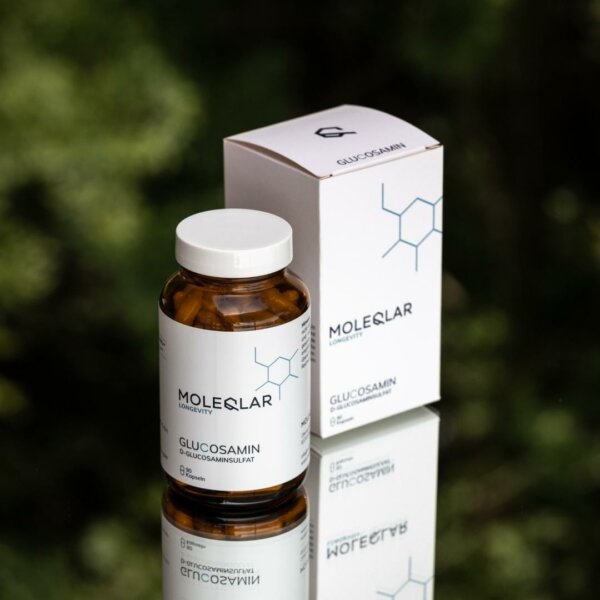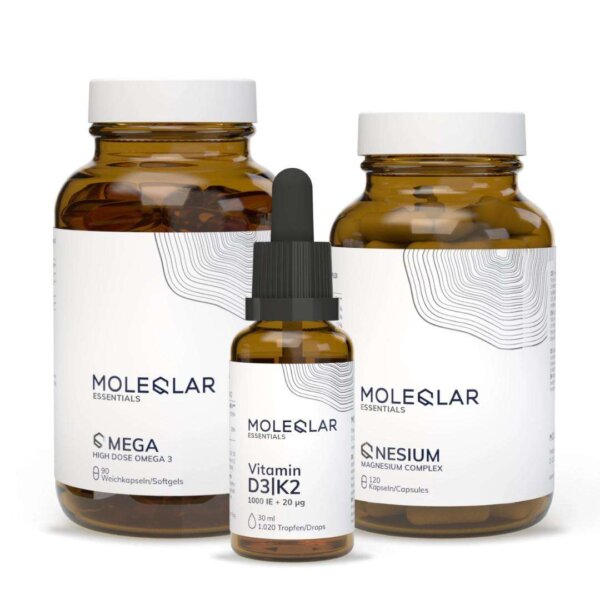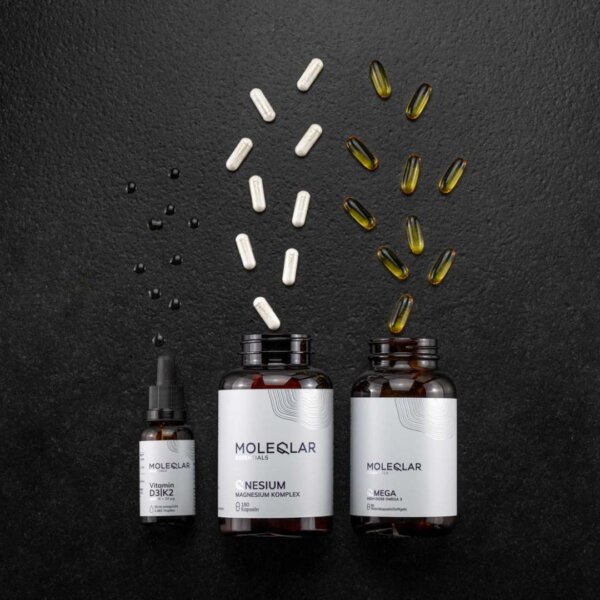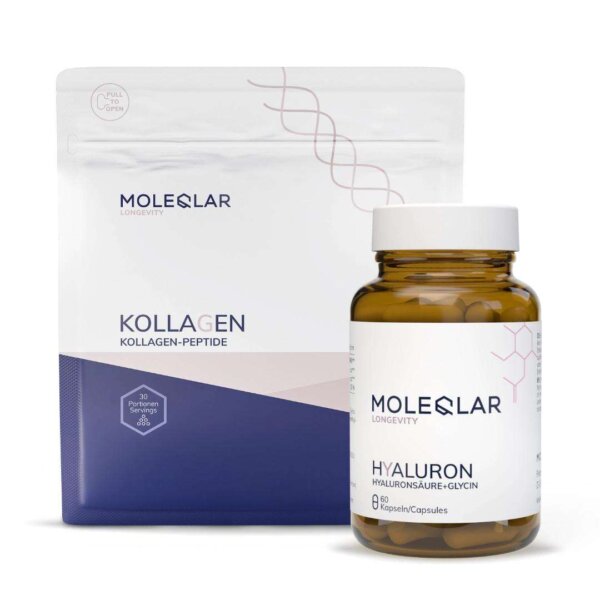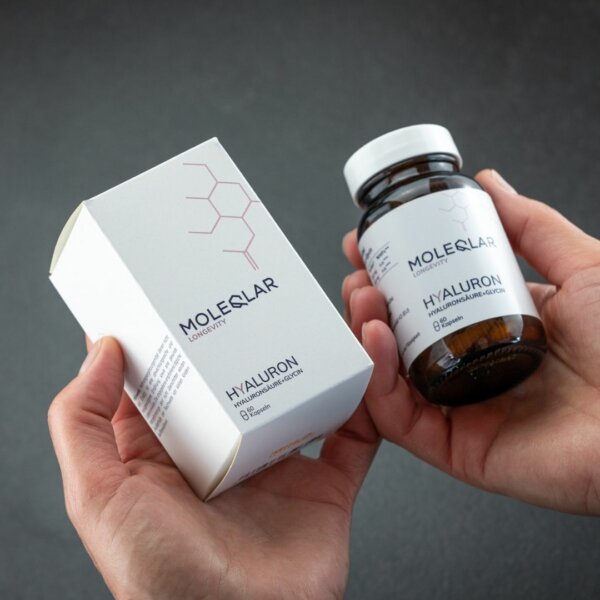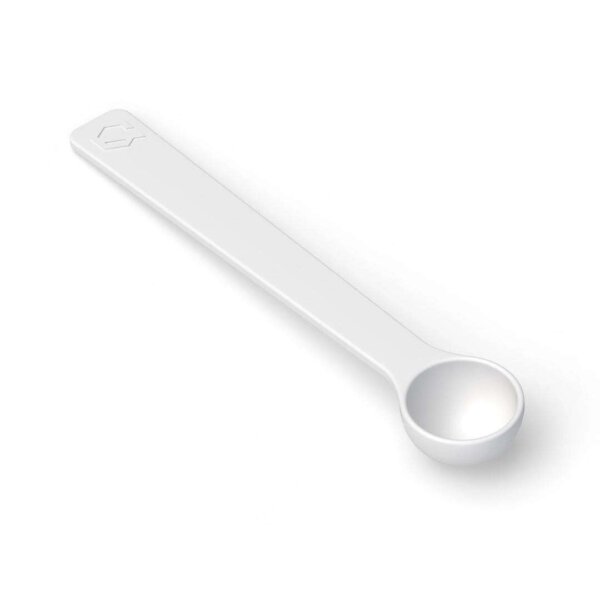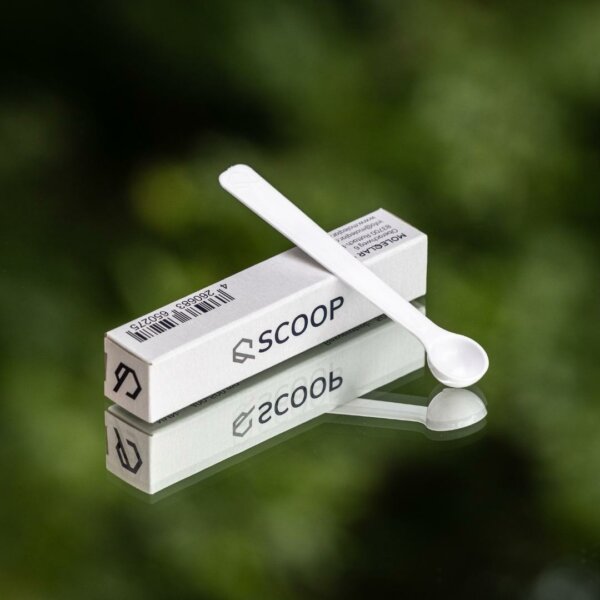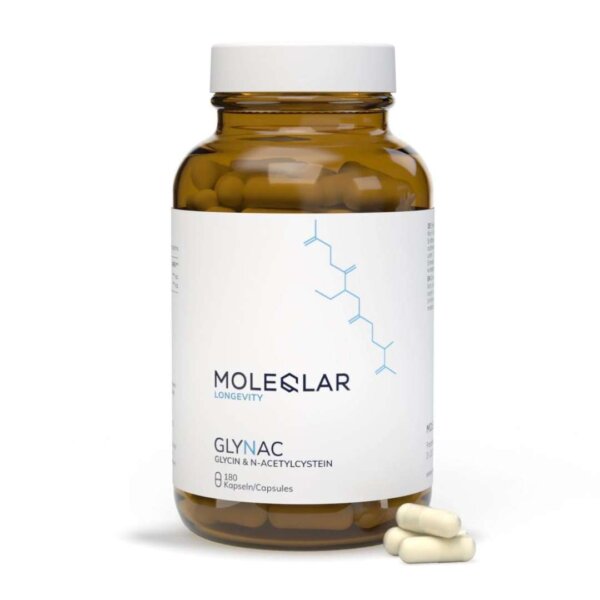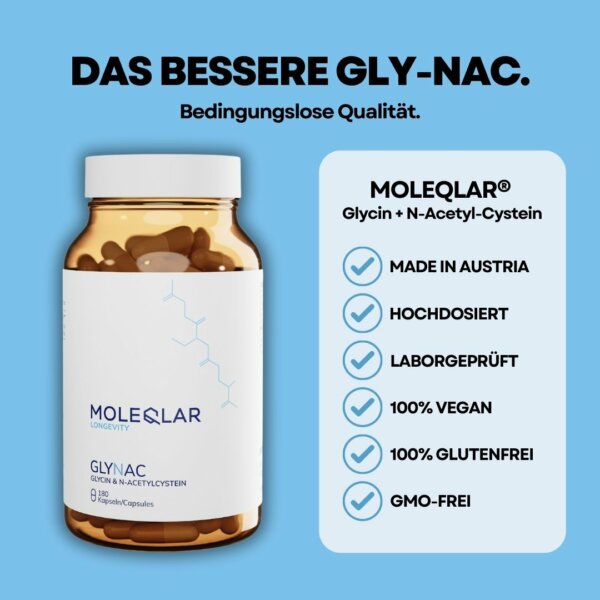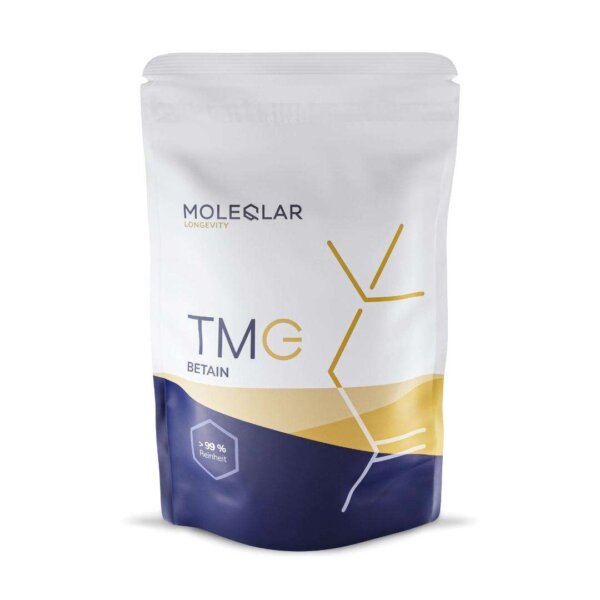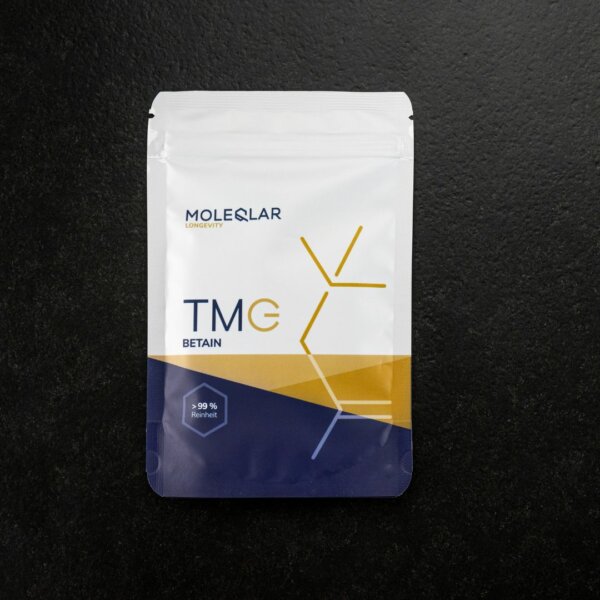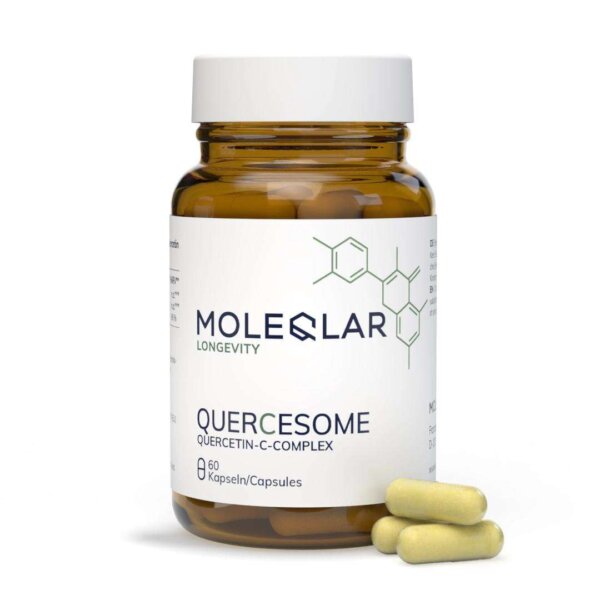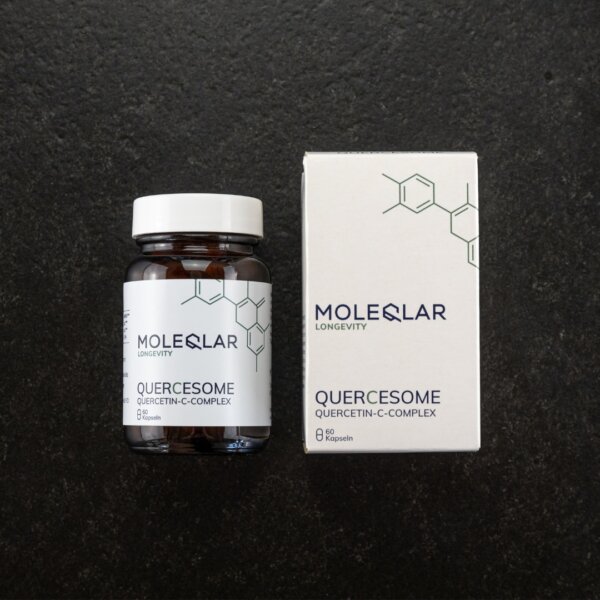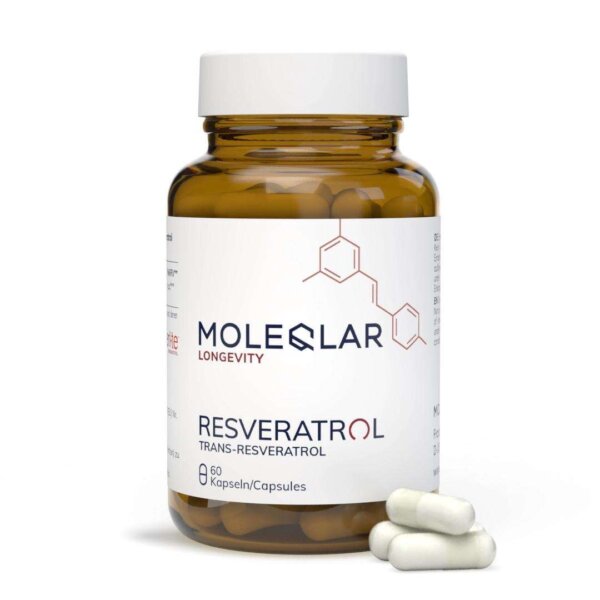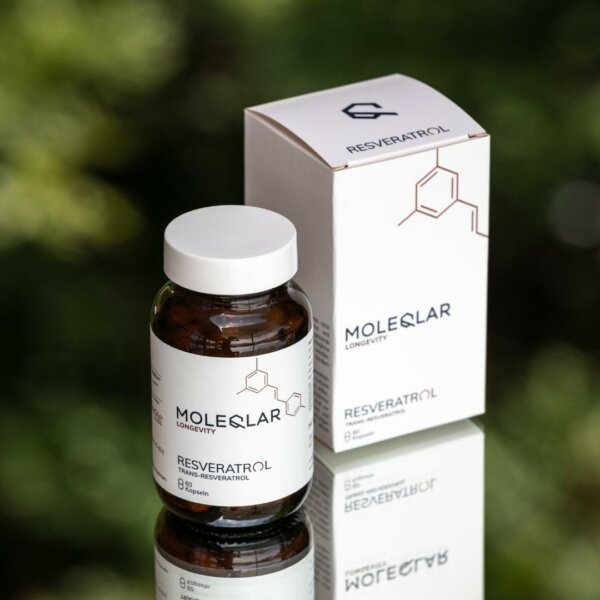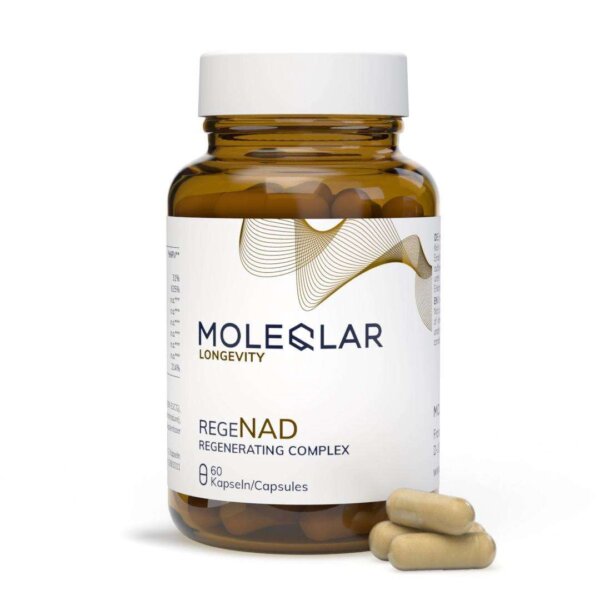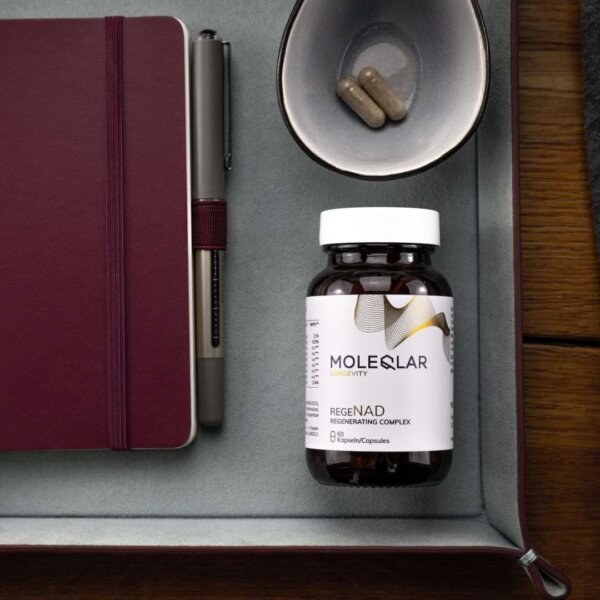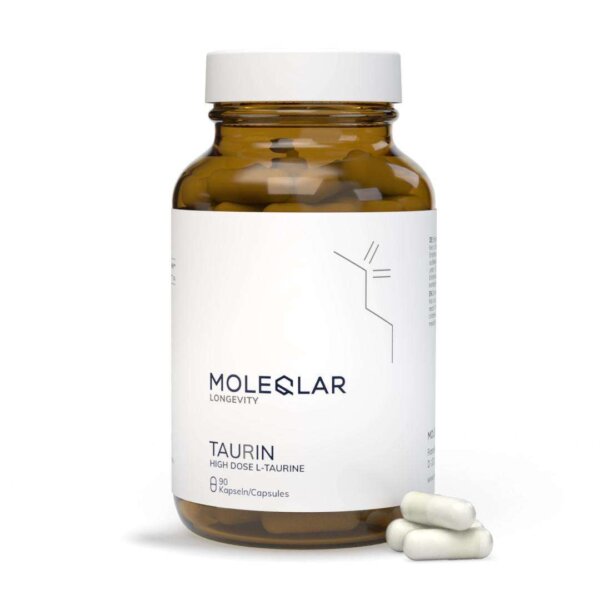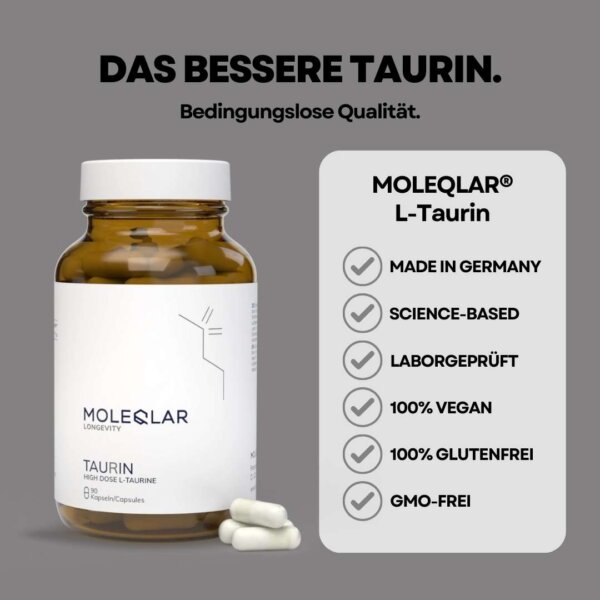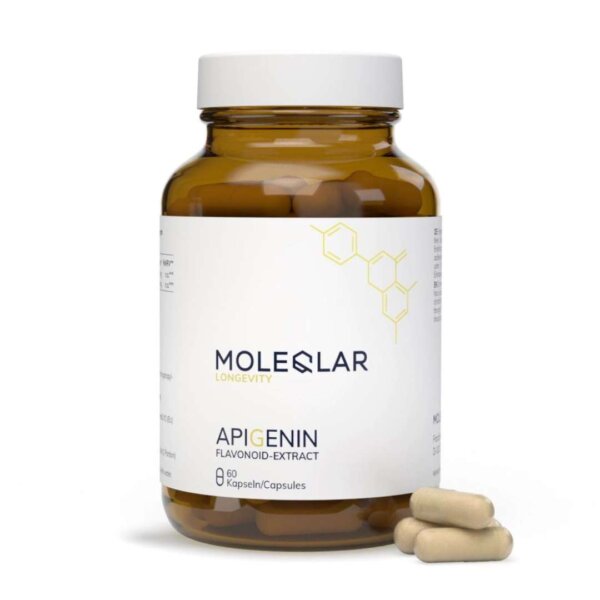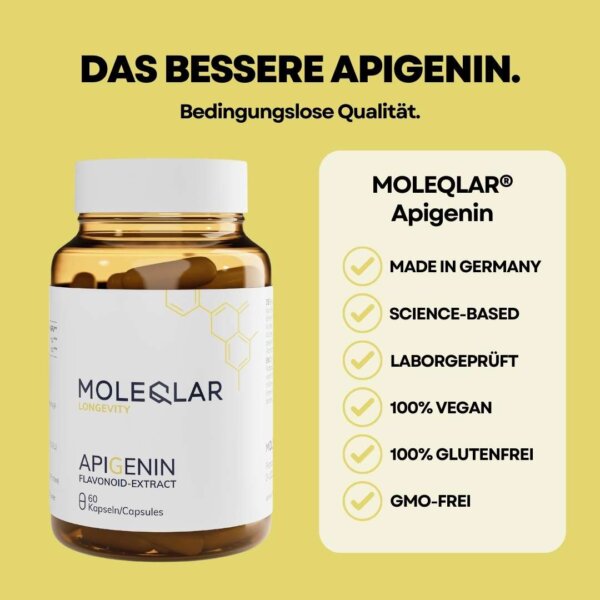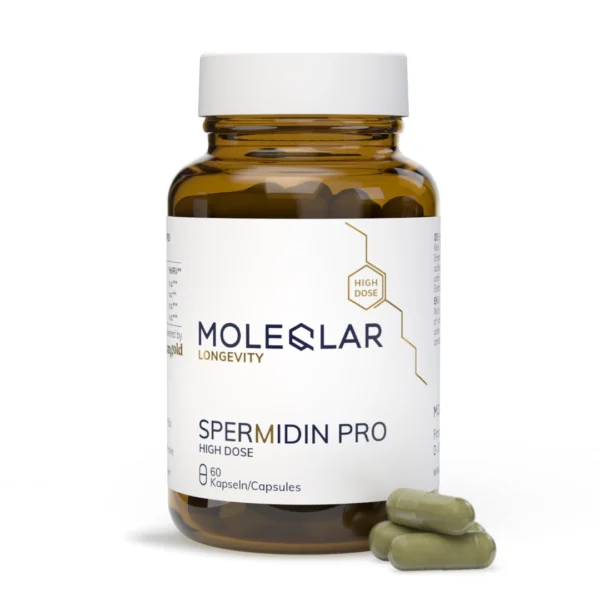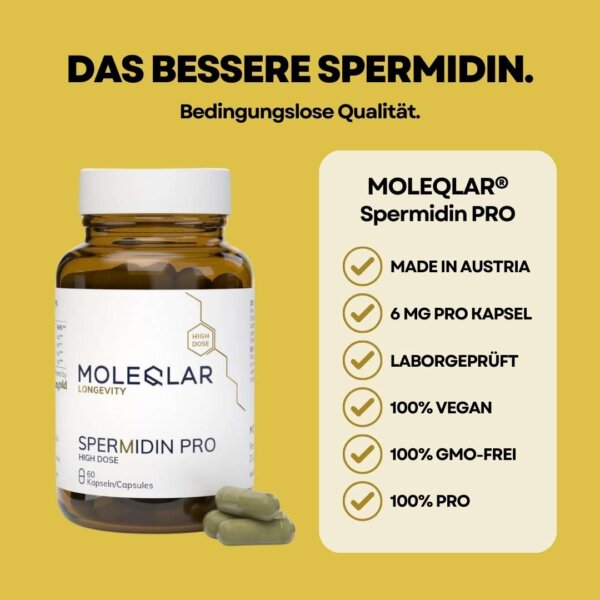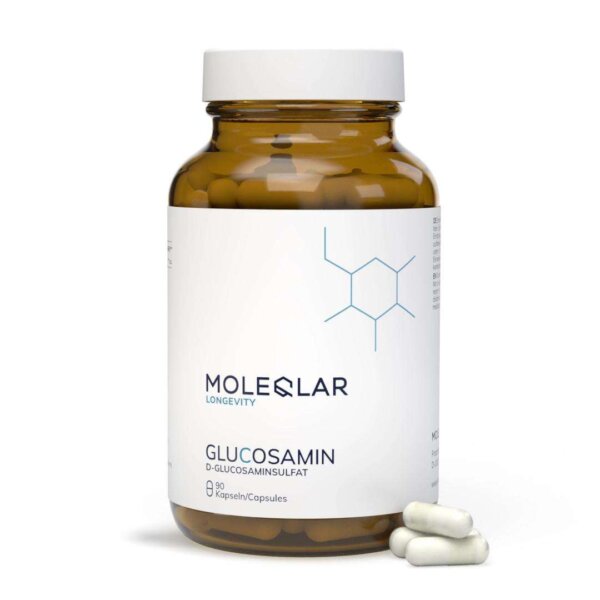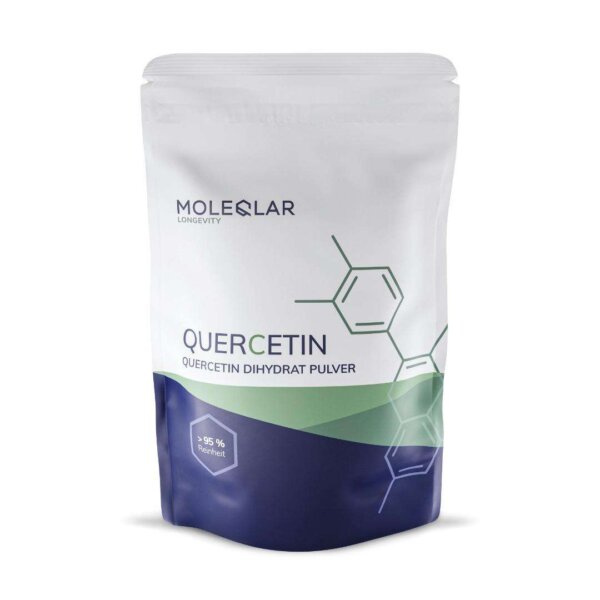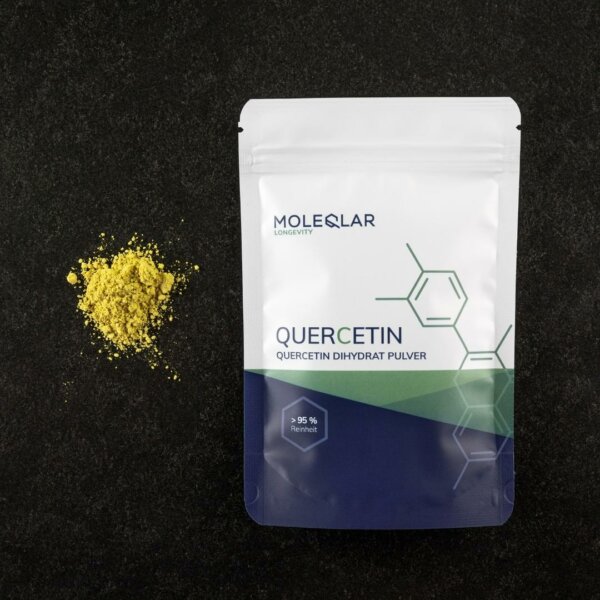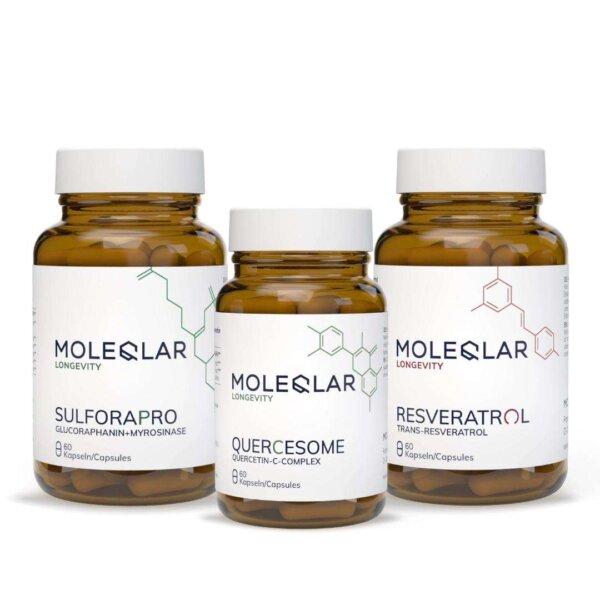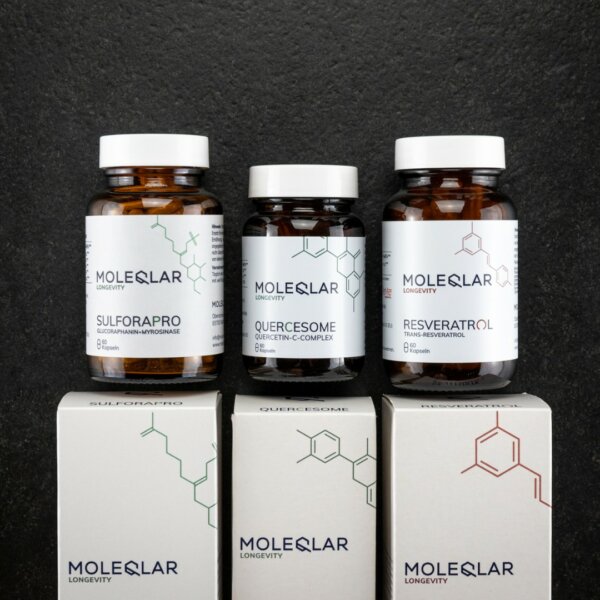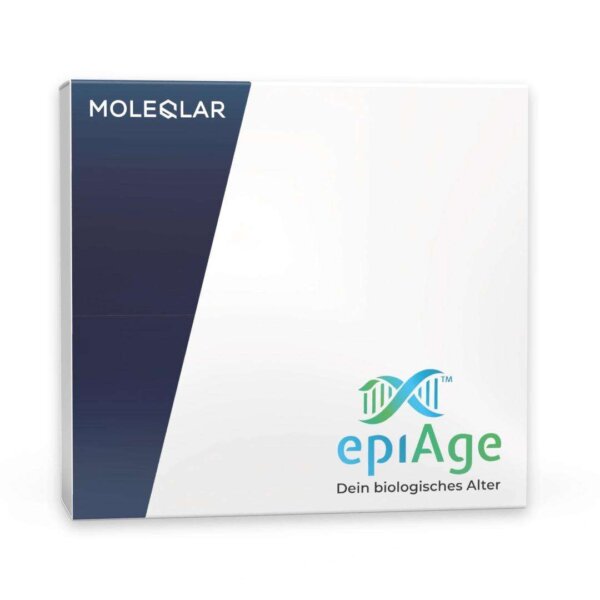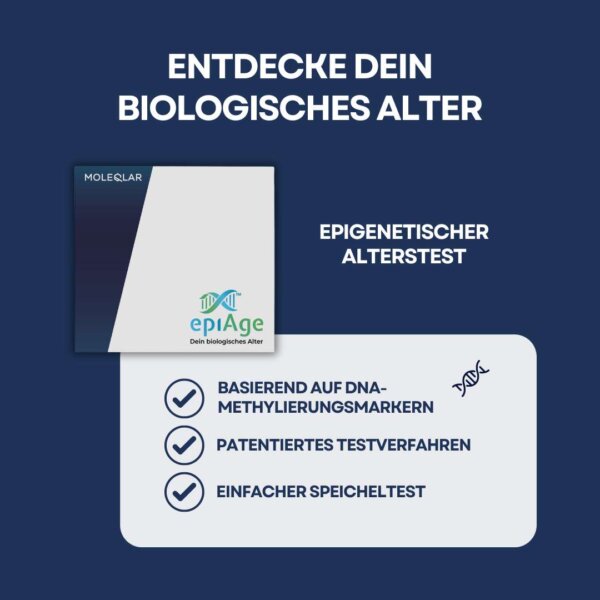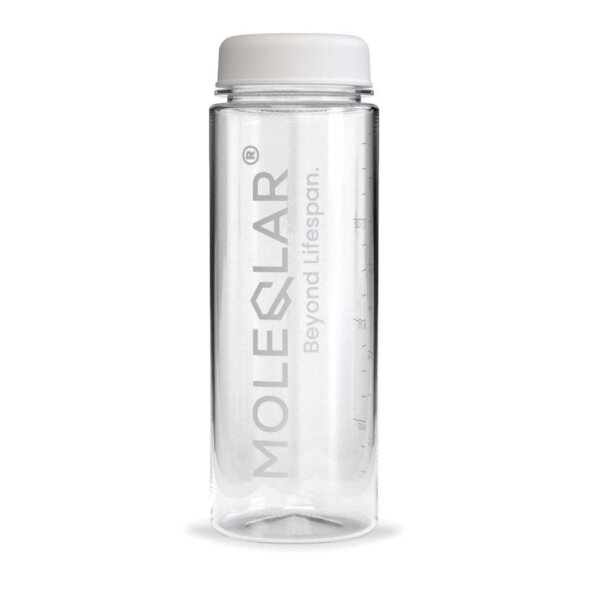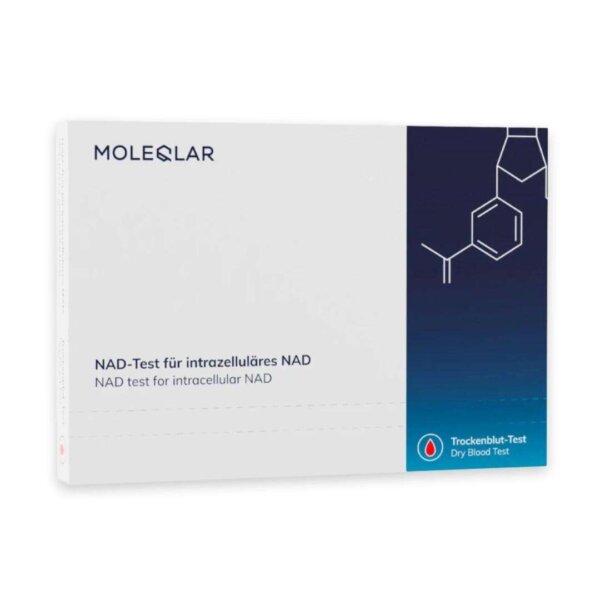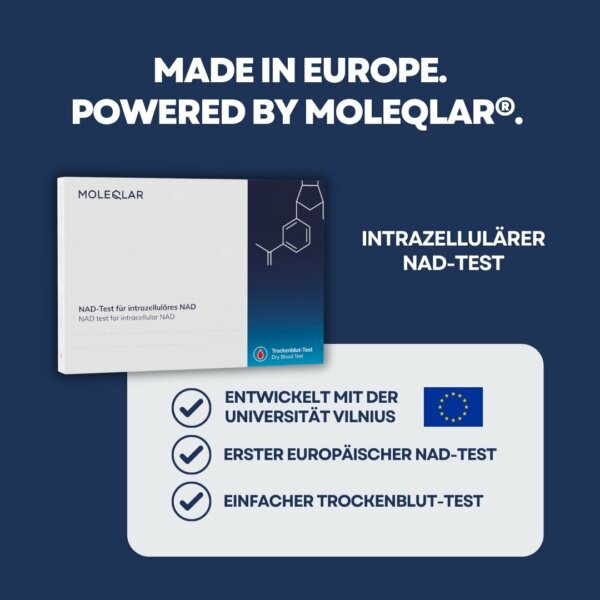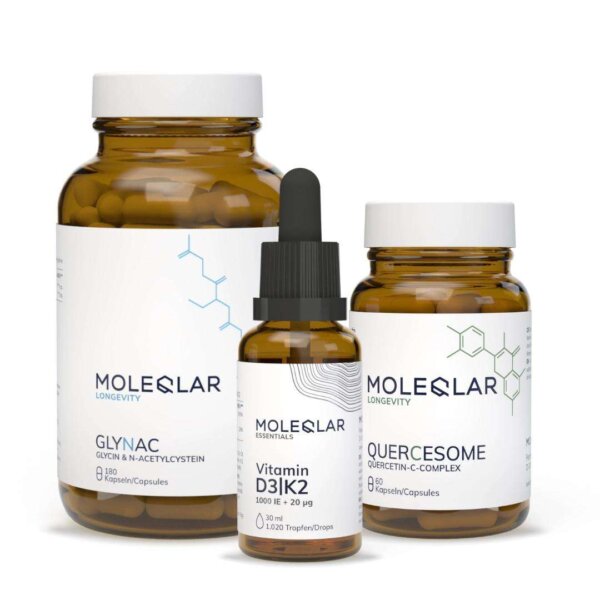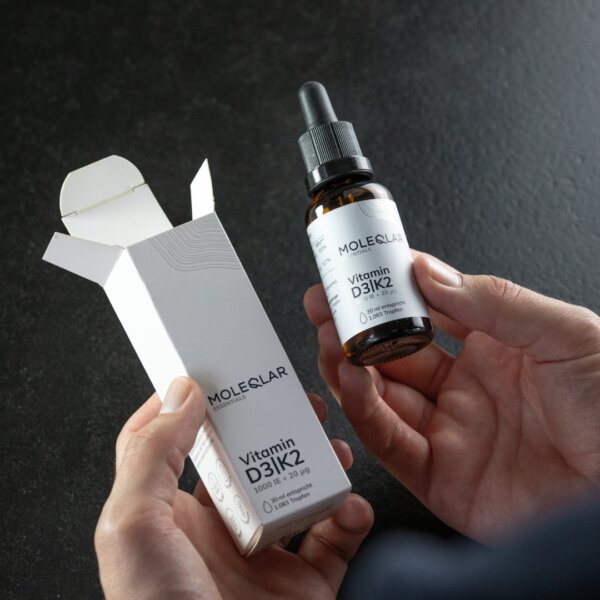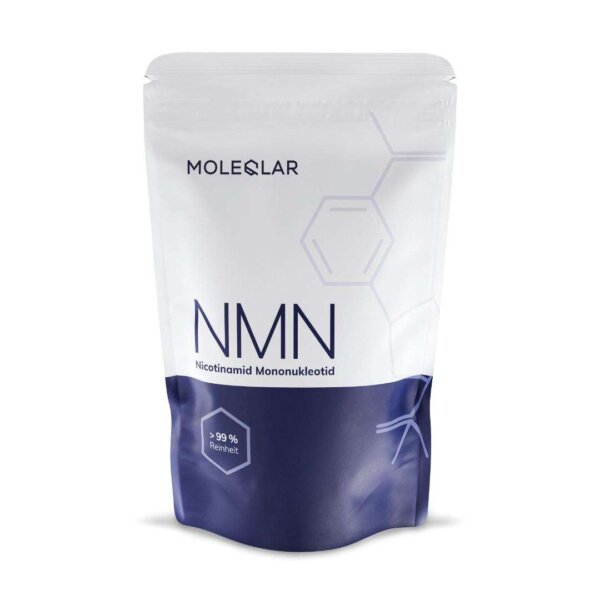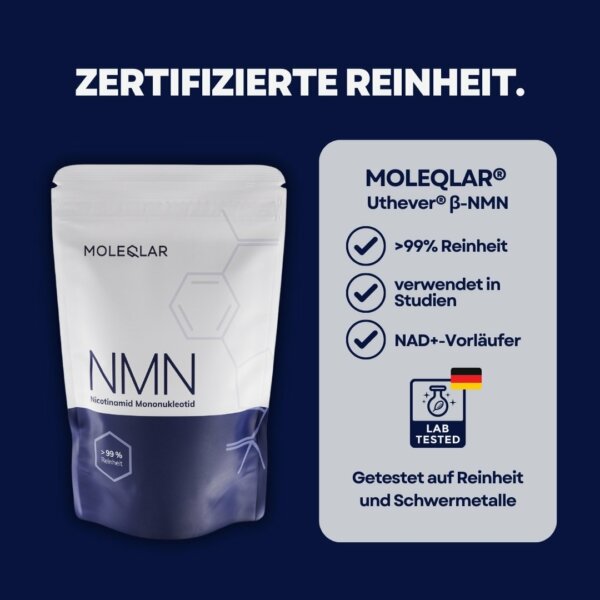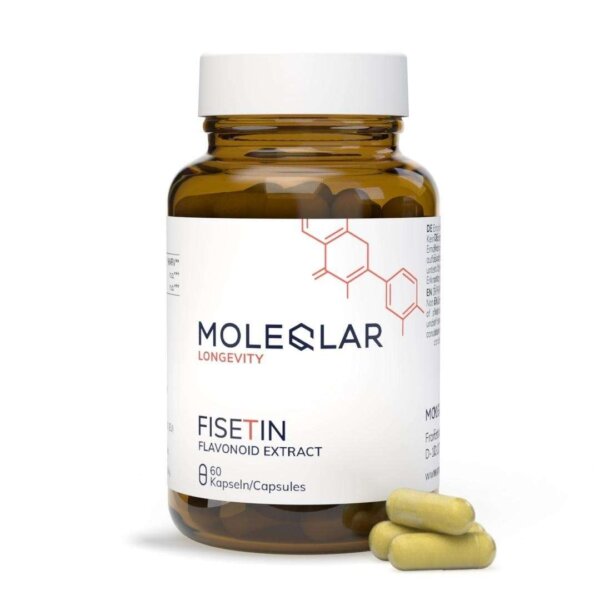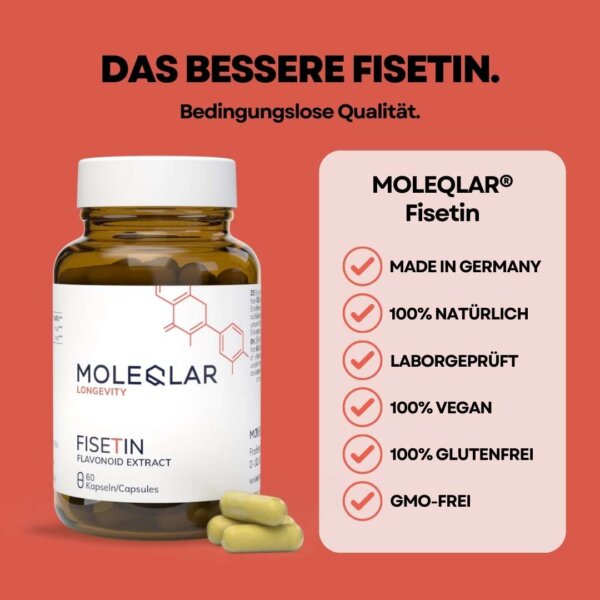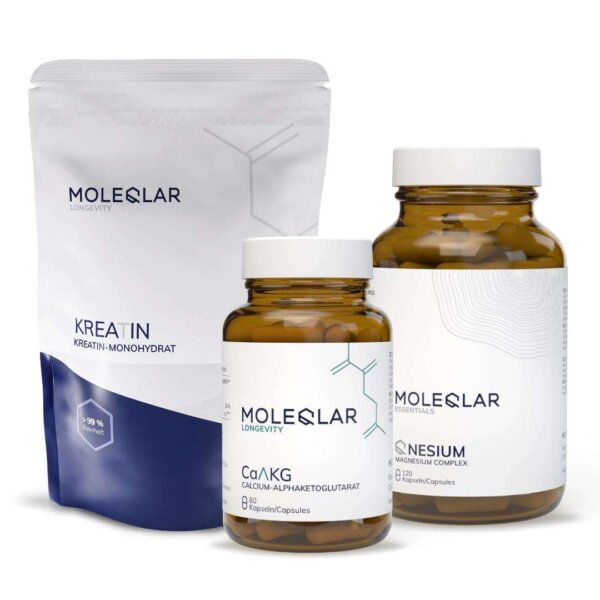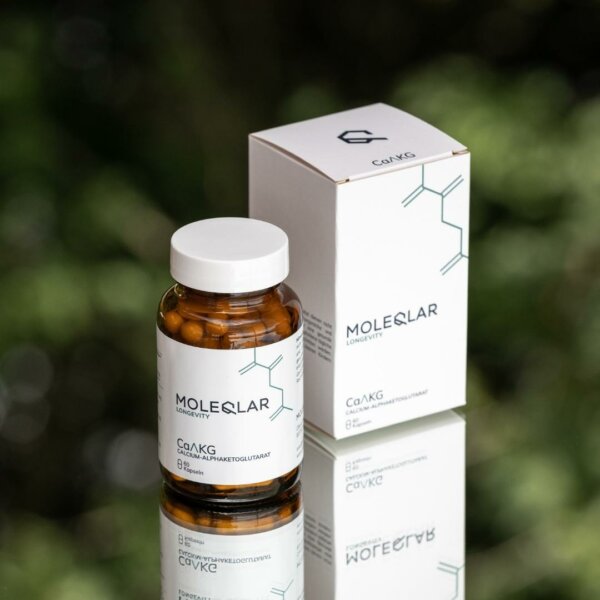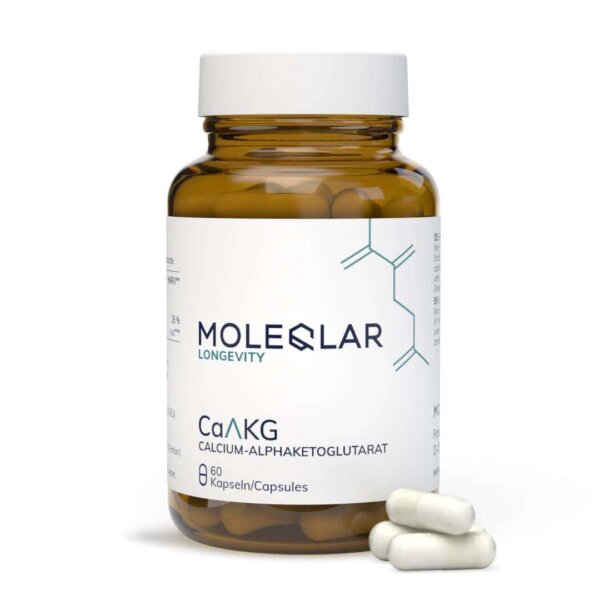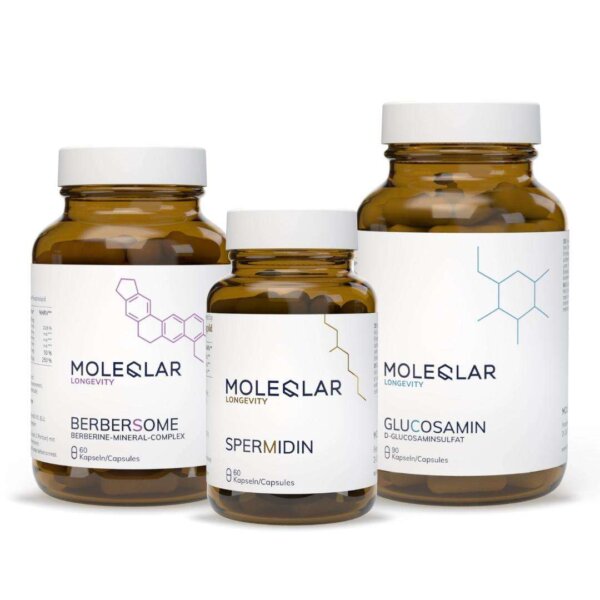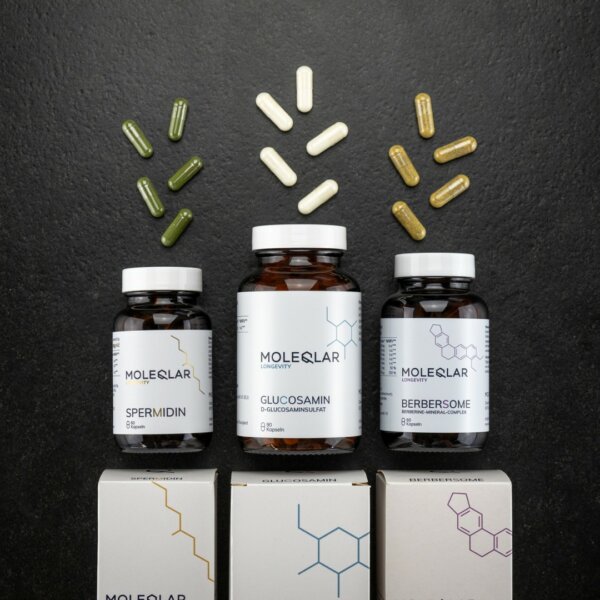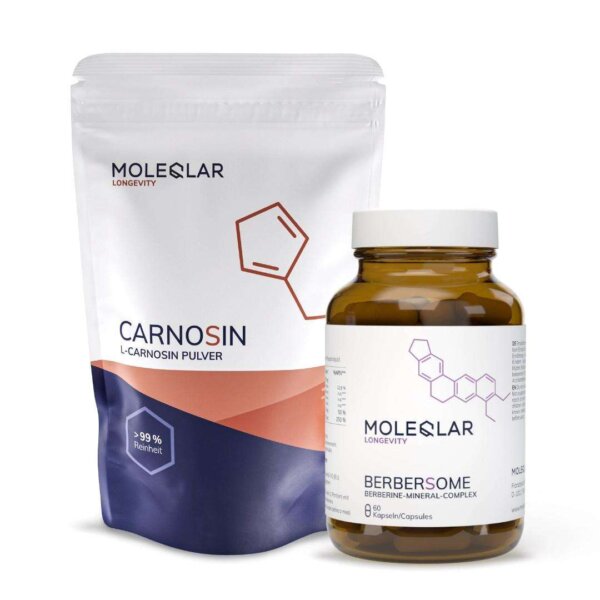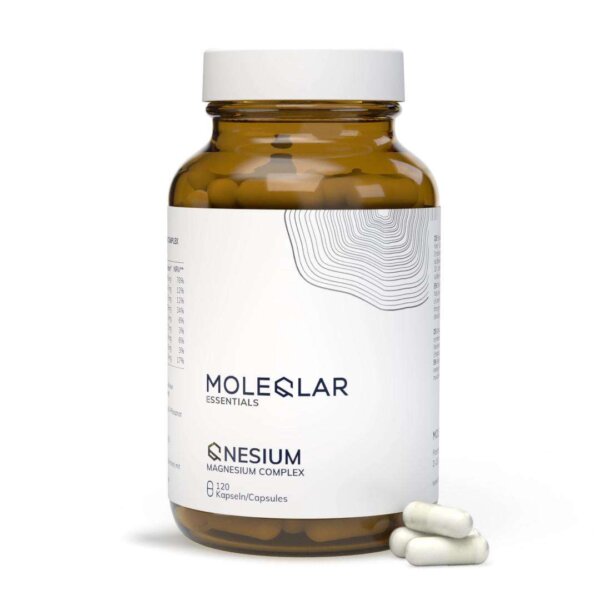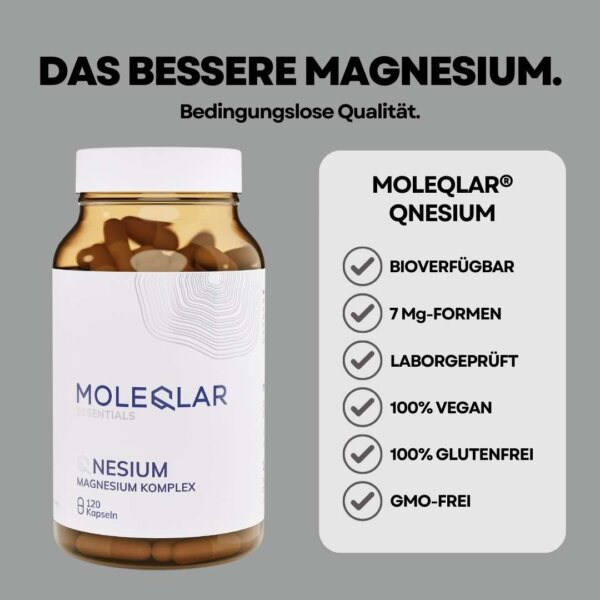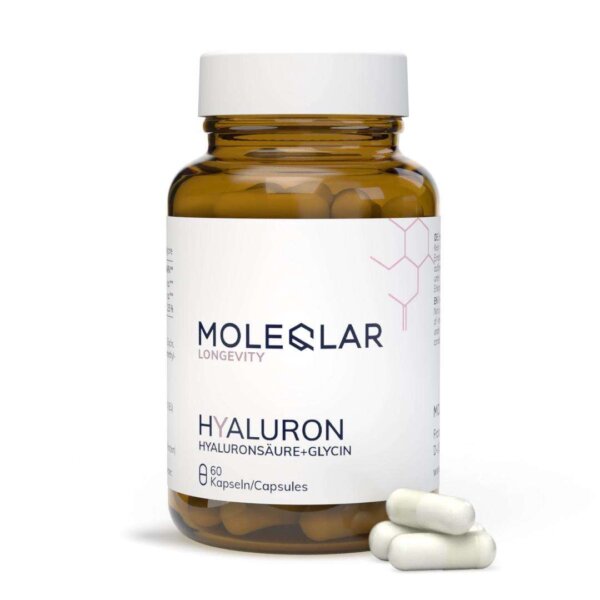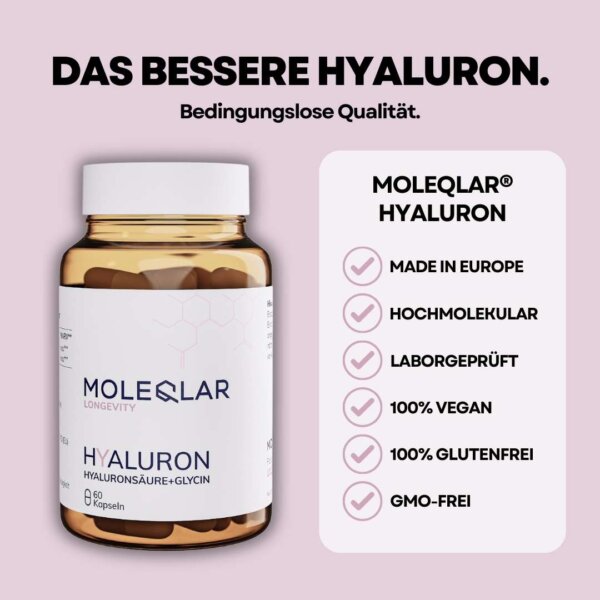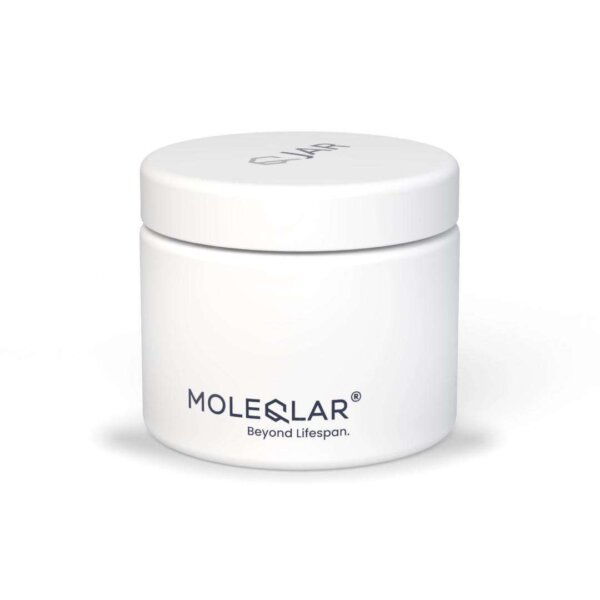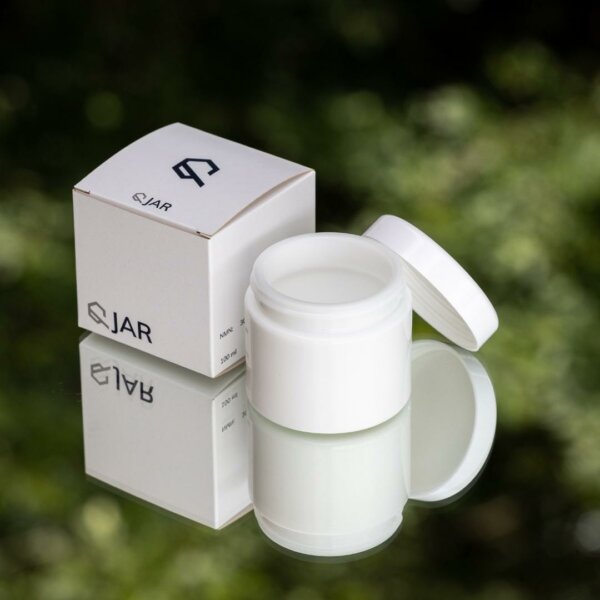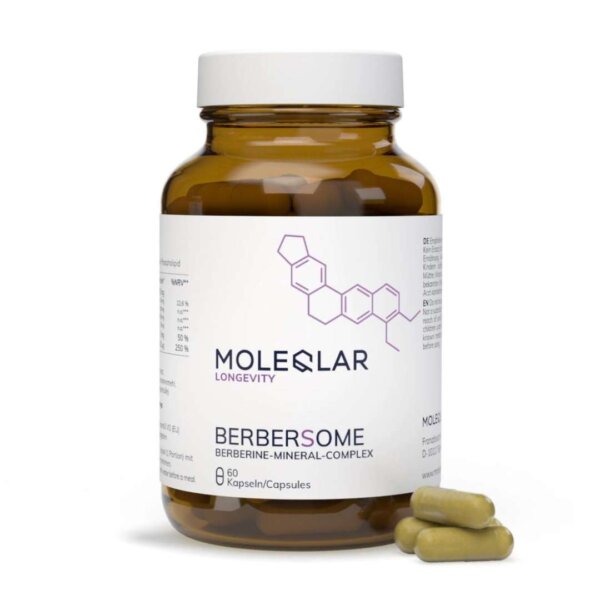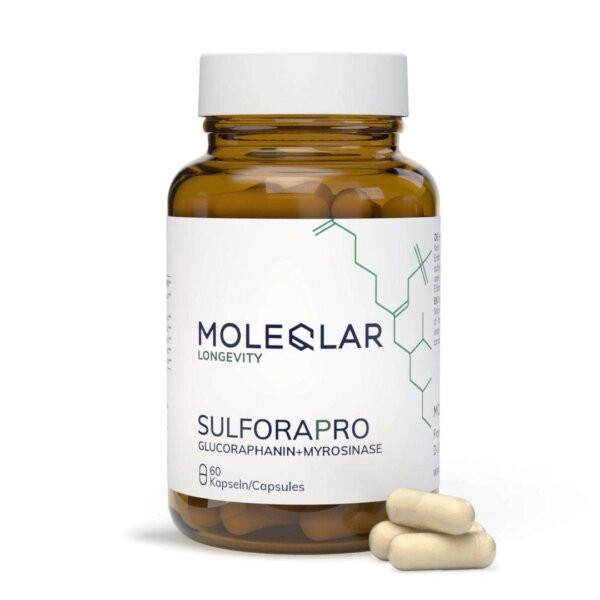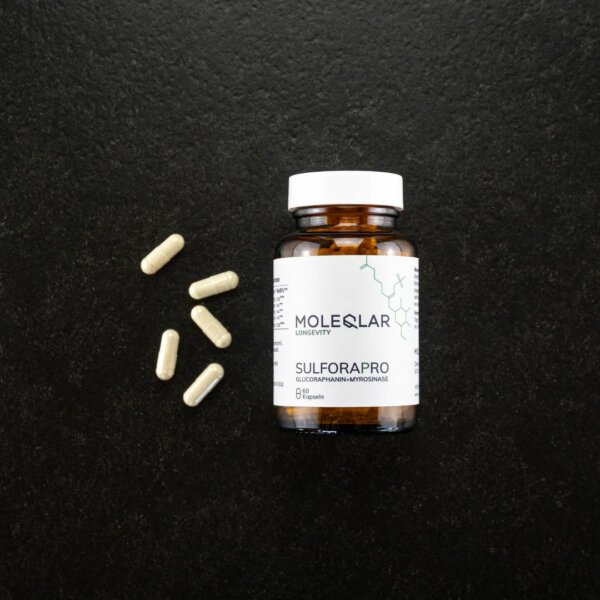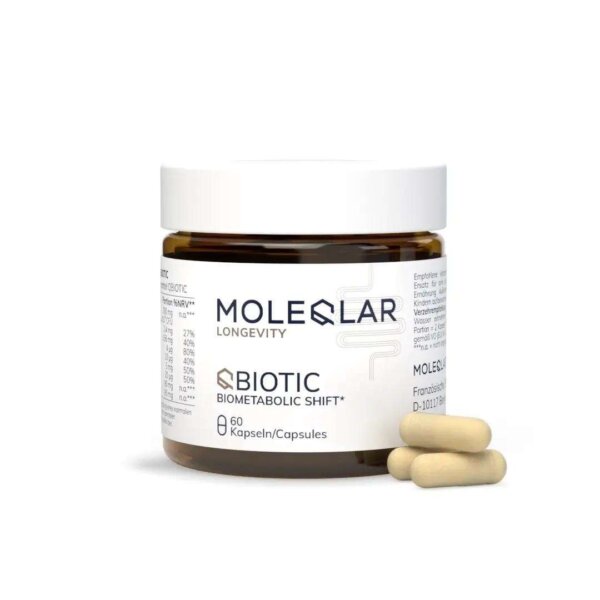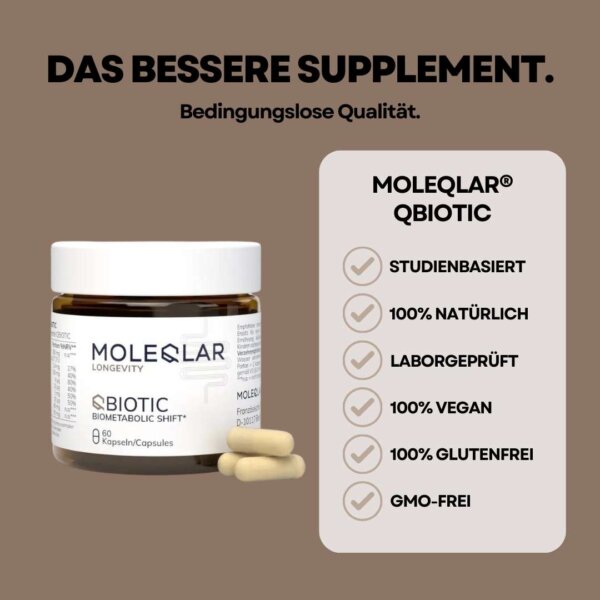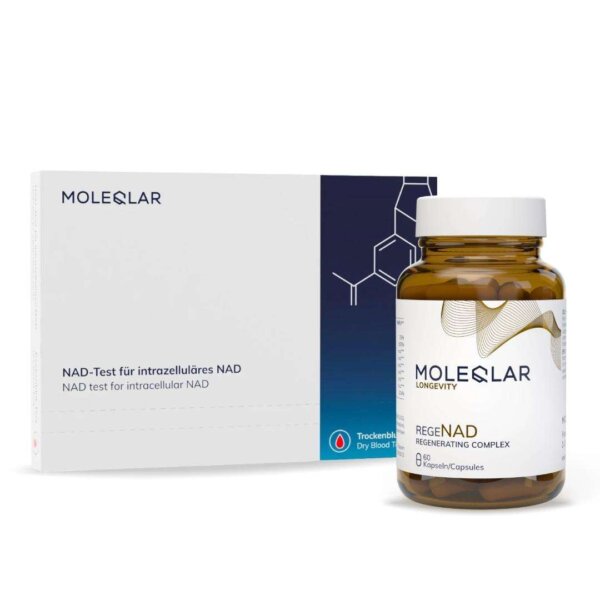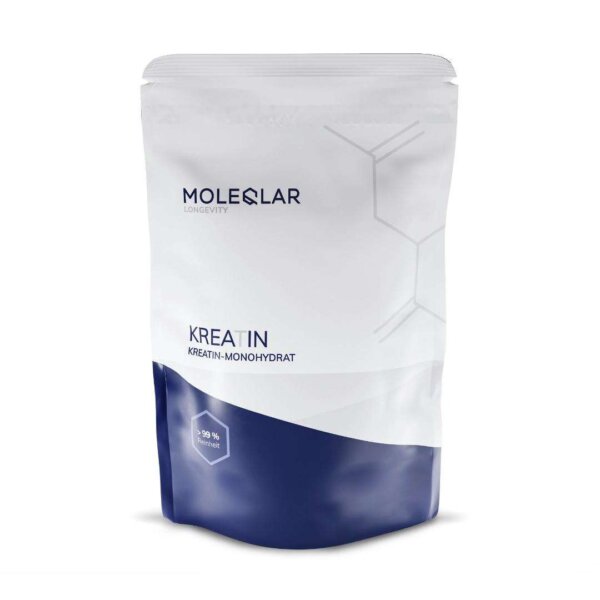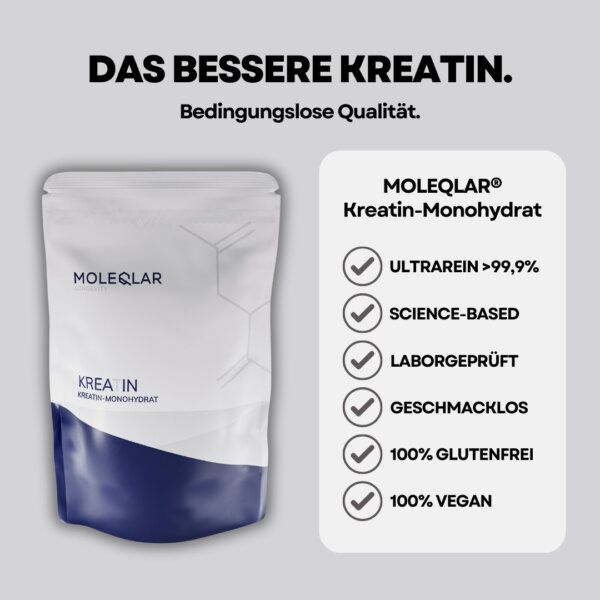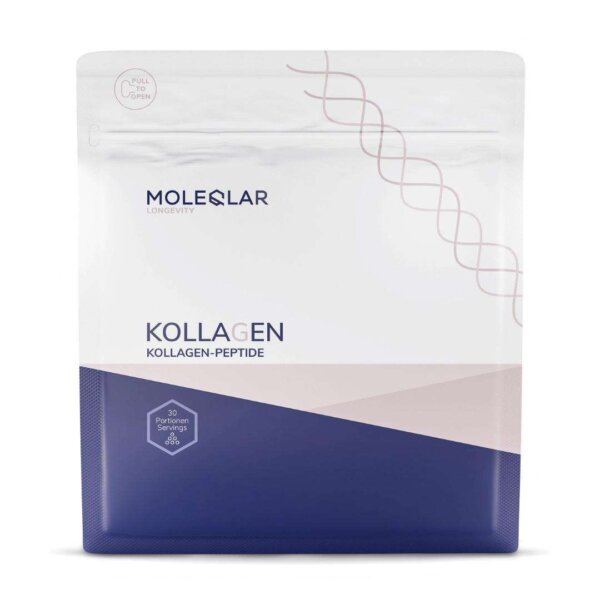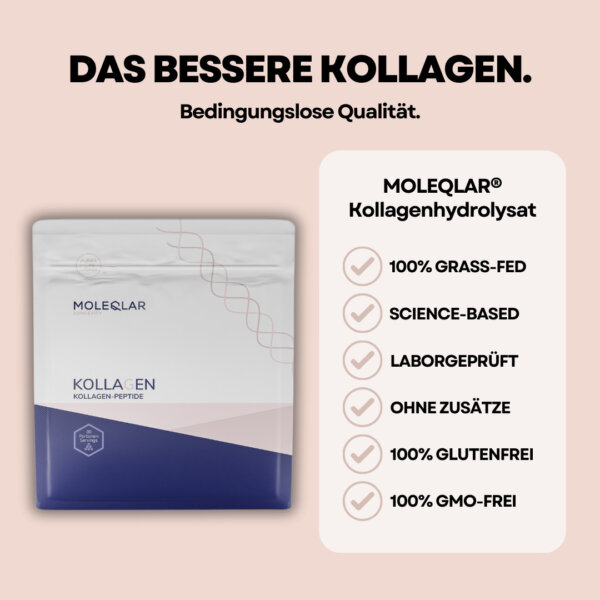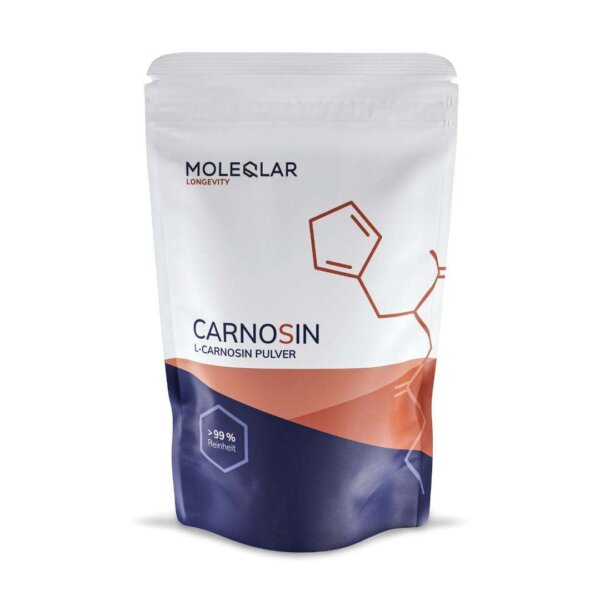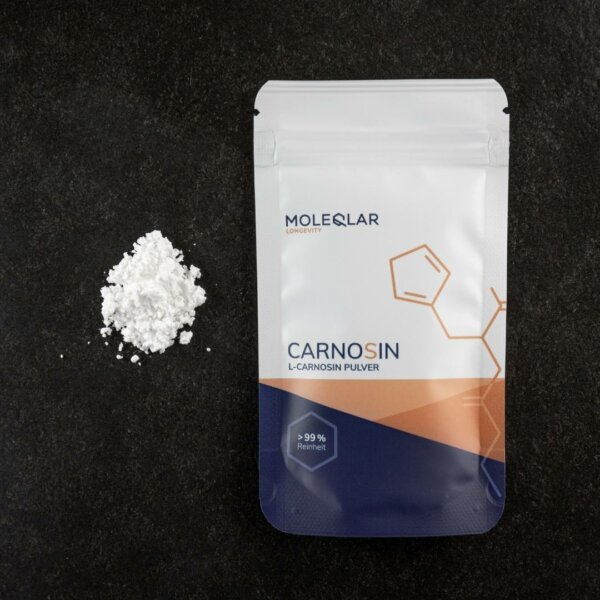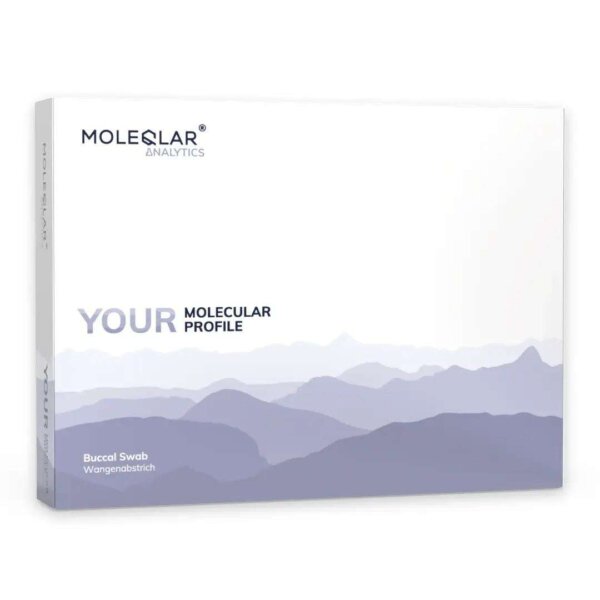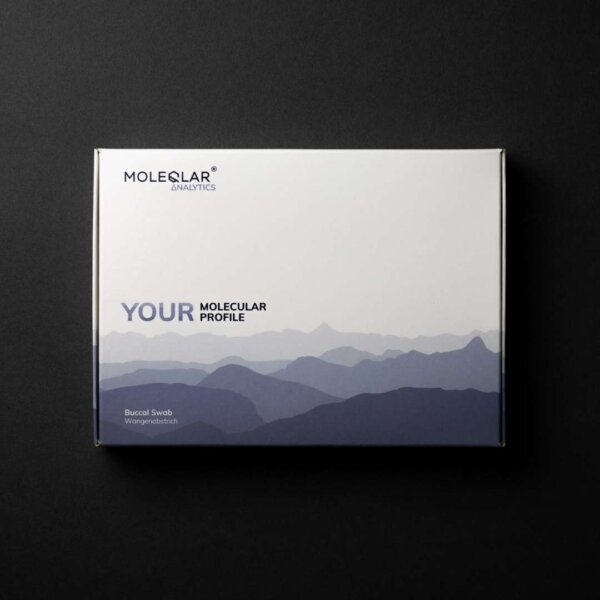At the latest since the famous interview of former German national player Per Mertesacker in 2014, cold therapy has become a household word among the general public. There, the professional soccer player stated that he would "lie down in the ice bucket for three days". Especially in the sports scene, the application of cold enjoys a good reputation not only since his public statement.
There are also some beauty trends that involve cold. Maybe you've heard of "skin icing", where you treat your face with ice cubes, or other cold therapies like chilled cucumbers landing on your closed eyes.
In cryotherapy, a distinction is generally made between local application and whole-body application. In this article, the focus is rather on the whole-body application. Local application of extreme cold is mainly used by doctors to freeze and remove warts or small skin tumors, for example.

Ice sauna or cold bath?
Cold baths are widely used. Numerous sports physicians and fitness experts swear by this regeneration method - especially because the cooling results in a thoroughly pleasant feeling.
According to experts, a cold bathtub is suitable for accelerated regeneration after strenuous sports sessions - an actual ice bath is not necessary. A water temperature of around 10° C and a dwell time of around ten minutes should stimulate regeneration sufficiently. This is explained by various points: firstly, the heated body cools down more quickly, which is obvious. Cooling down should then allow the body to start the actual regeneration process more quickly and remove unwanted metabolic products from the muscles more quickly. It also improves blood circulation and suppresses or reduces minor inflammatory reactions that often occur during intensive sports sessions (you are no doubt all too familiar with sore muscles). The cooling bath is also said to have a soothing effect on pain.
In addition to the simple home application, so-called cryosaunas or ice saunas can now be found in many places. The institutional providers of the ice saunas advertise many different benefits of the sessions, in which one goes into extremely cold chambers at -190° C for about three minutes.
On the one hand, this is intended to improve athletic abilities. This occurs on the basis of accelerated recovery, higher oxygen saturation in the blood, reduced muscle soreness or accelerated healing of muscular micro-injuries. These points are consistent with the previously known benefits of cold.
Mood-enhancing effects and better sleep are described as psychiatric benefits. Other medical purposes are also said to be fulfilled: wound healing is said to be accelerated after surgical procedures and the immune system is said to be strengthened. Improvements in the symptoms of autoimmune diseases are also mentioned.
In connection with obesity and weak connective tissue, it is advertised as increasing calorie turnover, tightening tissue and having a positive effect on cellulite. Our body's own structure can therefore be strengthened.
Apart from positive anecdotal reports, however, scientific evidence of the many effects of this extreme cold is scarce. However, the fact that some university hospitals have cold saunas certainly speaks for a therapeutic purpose.
And what does science say?
In fact, unlike the biohacking scene, cold therapy is not really a trending topic in health and longevity research at the moment - yet you can find a few studies looking at the topic.
Patients with rheumatoid arthritis have been shown to benefit from cold therapy. Here, the main focus of therapy is pain reduction in the joints. Joints of rheumatics are exposed to continuous inflammatory processes, which bring heat. Cooling the joints reduces pain and the dose of concomitant medication. A study from 2014 made this clear.
Another study from 2021 has investigated and confirmed the effect on muscle soreness (DOMS - "delayed onset muscle soreness"). For the study, patients were exposed to cold but also heat therapy. According to the study, the effect of cold is greatest when the therapy is applied one hour after an intense training session. An effect on muscle soreness is recorded up to 24 hours after the training session. Interestingly, heat brings similar positive aspects. This result was also confirmed by another study, which investigated the use of cold therapy for injuries and to accelerate recovery. The focus here was the suppression of secondary processes after an injury.
A commentary by Thomas Jefferson University points out that many advertised effects, especially in the aesthetic and dermatological spectrum, have not been sufficiently scientifically proven and that there is a continuing need for more research. Accordingly, many promises of the providers must be further investigated and verified in order to be able to finally speak of benefits on, for example, the skin appearance.
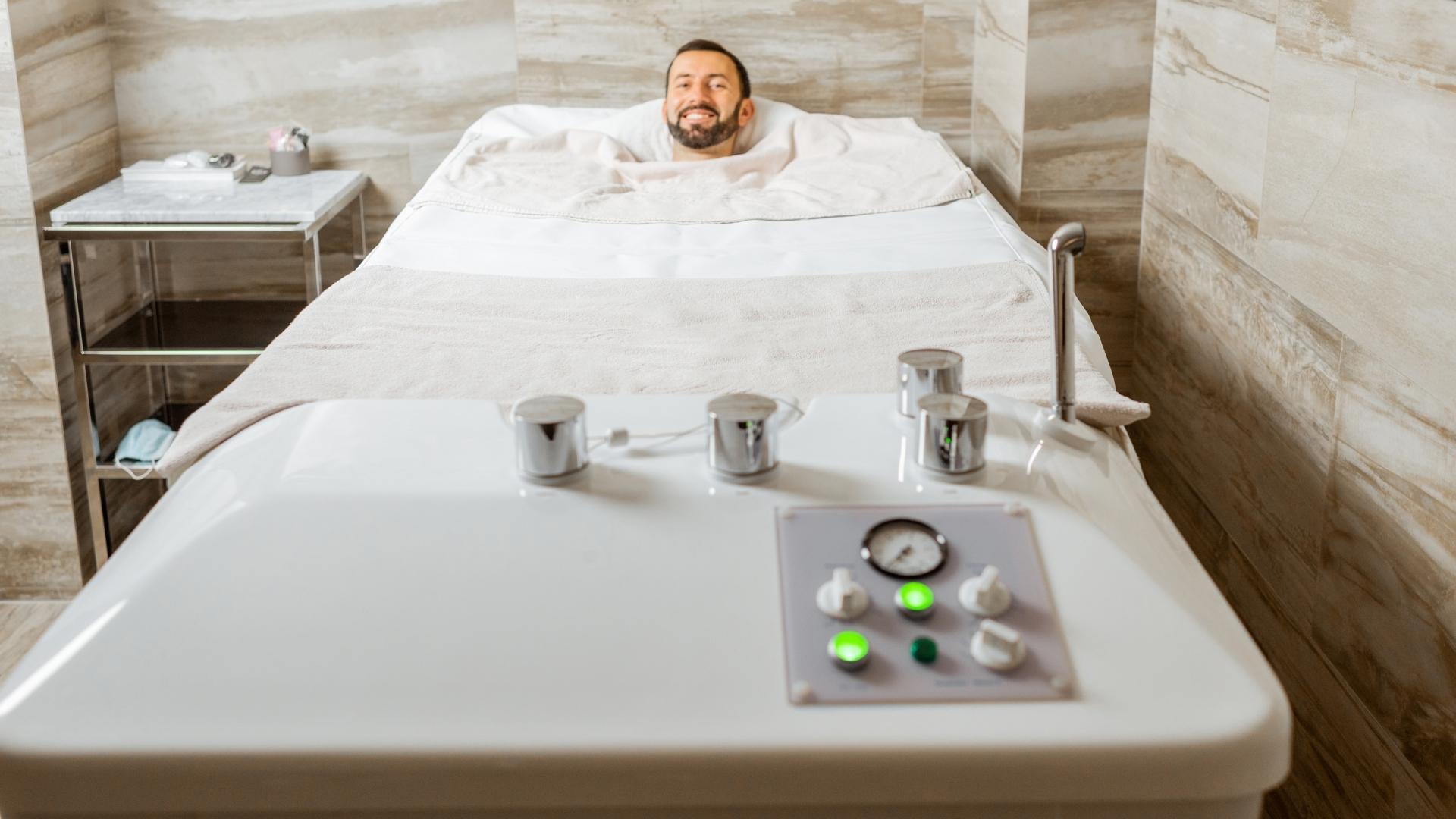
Are there any side effects worth mentioning?
With all the praise that cold therapy receives in flyers and magazines, there is often insufficient discussion of the associated risks.
Quite understandable is the possibility of frostbite when sitting in a cold sauna at -190°. In addition, a so-called cold burn can also occur. It becomes more dramatic when there is talk of suffocation - the extreme cold triggers reflexes and thus affects breathing - in very rare cases with fatal consequences .
Against local frostbite of the hands or other problematic areas such as the eyes, there are usually safety precautions. Nevertheless, these points must also be mentioned.
Transparent providers of cold saunas have lists of contraindications that indicate with which pre-existing conditions a cold sauna may not be used. These absolute reasons for exclusion include PAVK (peripheral arterial occlusive disease), severe coronary heart disease or cardiac arrhythmia, a pacemaker, Raynaud's syndrome, untreated arterial hypertension or even pregnancy. Cold sauna is also not recommended in case of acute infections.
So cold therapy is not for everyone.
Cold therapy - the conclusion
The trend towards cryo saunas is most likely continuing to grow in popularity. In any case, there is little to be said against a cold bath after a hard sports session. This way, it is relatively safe to try out whether effects are noticeable or not.
As a beauty secret, according to reports, the cryosauna is of more interest. Here, it is essential to consider possible side effects and the meager data available.
Literature:
- Kujawski S, Newton JL, Morten KJ, Zalewski P. Whole-body cryostimulation application with age: a review. J Therm Biol. 2021 Feb;96:102861. doi: 10.1016/j.jtherbio.2021.102861. epub 2021 Jan 21. PMID: 33627288.
- D. Legrand, F. Bogard, F. Beaumont, B. Bouchet, Y. Blancheteau, G. Polidori,. Affective response to whole-body cryotherapy: Influence of sex, body mass index, age, time of day, and past experience, Complementary Therapies in Medicine, Volume 55, 2020, 102539, https://doi.org/10.1016/j.ctim.2020.102539.
- https://my.clevelandclinic.org/health/treatments/21099-cryotherapy
- Guillot X, Tordi N, Mourot L, Demougeot C, Dugué B, Prati C, Wendling D. Cryotherapy in inflammatory rheumatic diseases: a systematic review. Expert Rev Clin Immunol. 2014 Feb;10(2):281-94. doi: 10.1586/1744666X.2014.870036. epub 2013 Dec 18. PMID: 24345205.
- Wang Y, Li S, Zhang Y, Chen Y, Yan F, Han L, Ma Y. Heat and cold therapy reduce pain in patients with delayed onset muscle soreness: A systematic review and meta-analysis of 32 randomized controlled trials. Phys Ther Sport. 2021 Mar;48:177-187. doi: 10.1016/j.ptsp.2021.01.004. epub 2021 Jan 14. PMID: 33493991.
- Kwiecien SY, McHugh MP. The cold truth: the role of cryotherapy in the treatment of injury and recovery from exercise. Eur J Appl Physiol. 2021 Aug;121(8):2125-2142. doi: 10.1007/s00421-021-04683-8. epub 2021 Apr 20. PMID: 33877402.
- O'Connor M, Wang JV, Saedi N. Whole- and partial-body cryotherapy in aesthetic dermatology: evaluating a trendy treatment. J Cosmet Dermatol. 2018 Nov 19. doi: 10.1111/jocd.12821. epub ahead of print. PMID: 30456782.
Graphics:
The images were purchased under licence from Canva.
